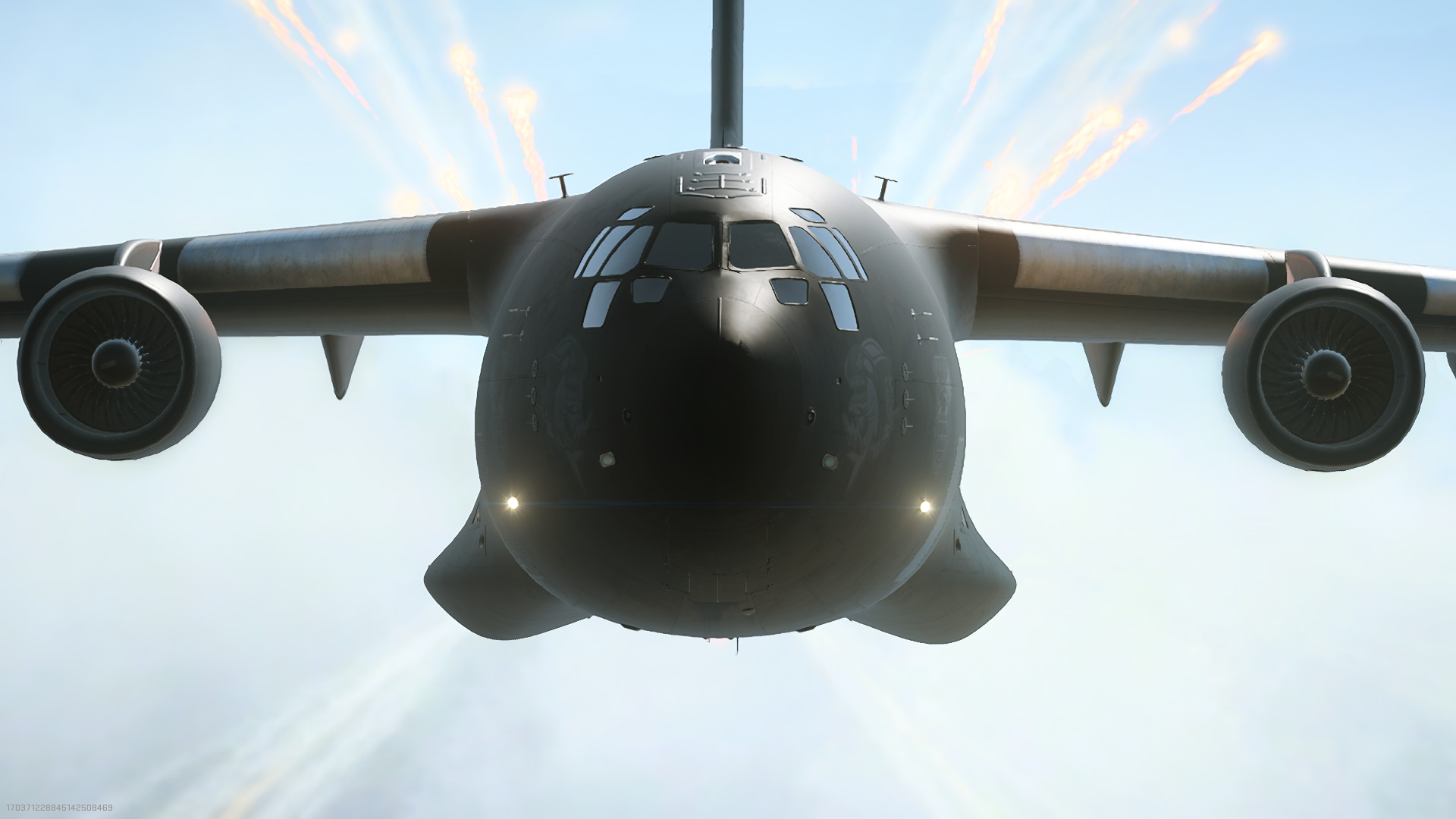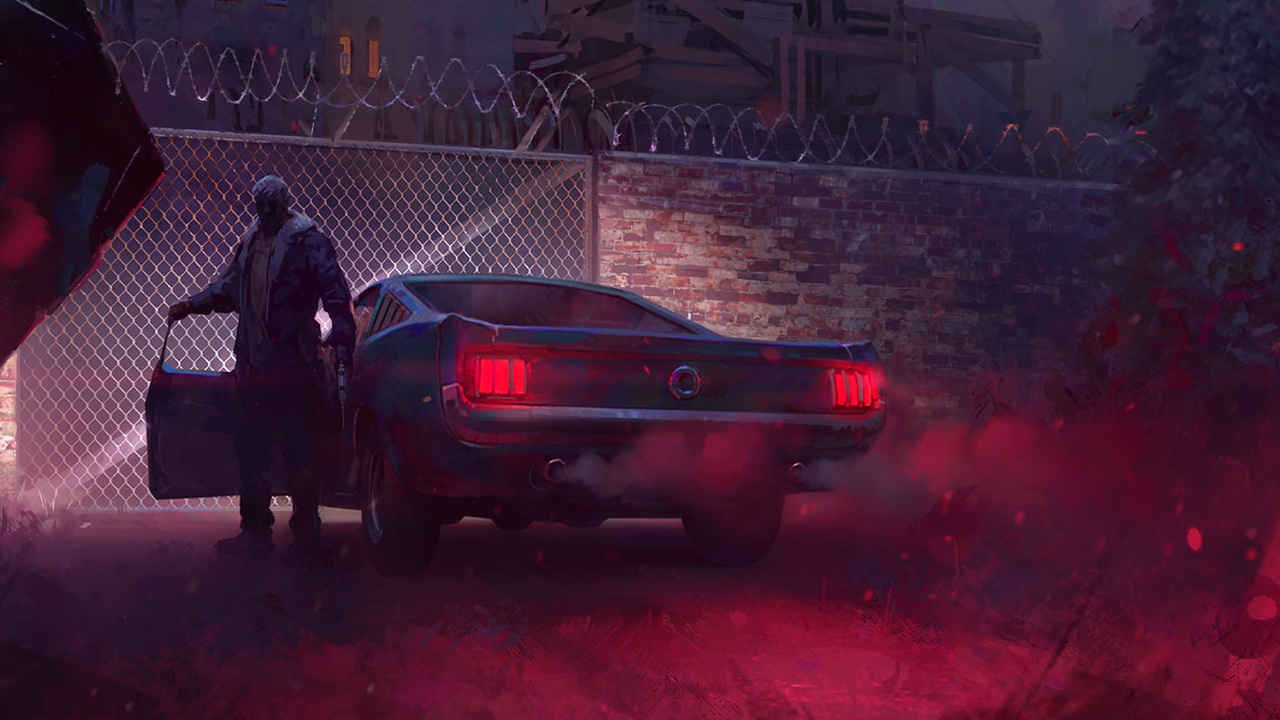Call of Duty: Modern Warfare 2's going to give the best player in the world a one-of-a-kind prize
Just give it to me now, Infinity Ward.

Call of Duty: Modern Warfare 2 is shortly entering its second season of competitive content, and the developers have now posted about what players can expect from the new ranked mode. The post also goes on to outline the various cosmetic rewards in enormous detail, and one feature jumped out immediately.
Naturally the higher players rise in this new ranked mode, the more loot they'll be showered with. One cool feature is that iridescent rank players and those in the Top 250 leaderboard get an Animated Calling Card at the season's end: But the #1 Ranked Play player receives "a special, one-of-a-kind exclusive Animated Calling Card and Emblem, which can be considered the ultimate bragging rights from Ranked Play."
Come on, that is neat. As for the how the new mode itself works, the answer is that it's going to skew exactly to how the pros play: Ranked Play launches at the start of season two, has the same game modes and types as the Call of Duty League's matches, has an overhauled ranking system that puts more weight on winning matches, and starts every single player off at bronze.
So, we know that the COD community is going to be enjoying a lot of salty posts from people stuck in bronze and silver league. Ranked play in Modern Warfare 2 will be 4vs4 multiplayer that uses the official rules, restrictions, maps and modes from the pro league, and will be updated to keep it in-line with whatever the pro league's doing. Players have to reach level 16 before accessing ranked but at that point all unrestricted items, including weapons and attachments, will be automatically unlocked to put all players on the same footing.
The mode has a skill rating and will rank players in the following categories:
- Bronze–0-899 SR
- Silver–900-2,099 SR
- Gold–2,100-3,599 SR
- Platinum–3,600-5,399 SR
- Diamond–5,400-7,499 SR
- Crimson–7,500-9,999 SR
- Iridescent–10,000 SR minimum
- Top 250–10,000+ SR
Curiously enough the SR is going to be slightly different at higher levels, with results always being the big factor but with more emphasis at the top ranks "put on team performance to ensure all winning playstyles are appropriately rewarded."
Each skill division below iridescent has three tiers, while the 250 best players will be on a viewable leaderboard with all the animated trinkets that entails. The pros who make it on there will have their Call of Duty League team and player profile on their ranking.
Keep up to date with the most important stories and the best deals, as picked by the PC Gamer team.
Everyone starts at bronze rank with no placement matches, with Treyarch claiming that the super-skilled will shoot up the ranks "in only a few matches." Squadmates are allowed, within certain skill bands that tighten-up as you get to the top skill tiers. Separate to the skill rating is a progression focused rank that simply gets higher with each win, and earns rewards at season end.
COD is also trying to lessen the effect of the perennial problem of players dropping out: Matches won't start if both teams aren't full now, and if a player disconnects during a game then no-one outside their party loses any skill rating.
"Players who show repeated bad behavior will be handed more severe punishments," adds Treyarch, and COD recently outlined in some depth how it plans to get tougher on cheaters and griefing.
There's also some unforgettable advice from the Scottish pro Cameron McKilligan of the Minnesota Røkkr, talking about how to win at Search and Destroy. "The best thing you can do is to just play it as much as possible." I mean, he says a bit more, but it's hard to get more on-the-nose than that. Call of Duty: Modern Warfare 2's season two begins on February 15.

Rich is a games journalist with 15 years' experience, beginning his career on Edge magazine before working for a wide range of outlets, including Ars Technica, Eurogamer, GamesRadar+, Gamespot, the Guardian, IGN, the New Statesman, Polygon, and Vice. He was the editor of Kotaku UK, the UK arm of Kotaku, for three years before joining PC Gamer. He is the author of a Brief History of Video Games, a full history of the medium, which the Midwest Book Review described as "[a] must-read for serious minded game historians and curious video game connoisseurs alike."

